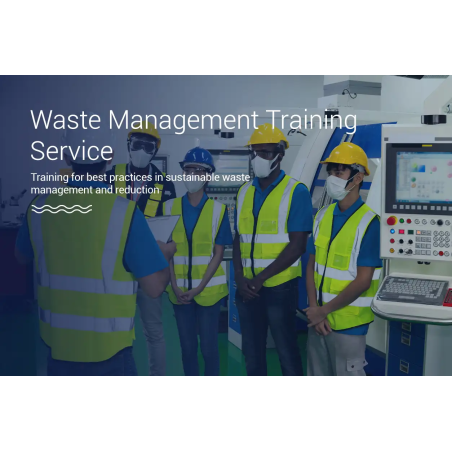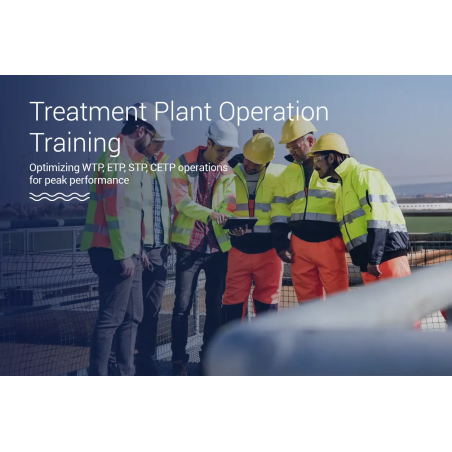Showing 1-6 of 6 item(s)
Training & Awareness
Enhancing one’s understanding and commitment towards environmental conservation is crucial in today’s context. Engaging in comprehensive training and awareness programs equips individuals with the necessary knowledge and skills. Within this landscape, EnvMart stands out by offering an IA training and awareness certification, specifically designed to address these needs. This certification empowers participants with in-depth insights and practical approaches for effective environmental stewardship. We encourage those interested in making a tangible difference to enroll in this certification program. Embark on this educational journey to contribute positively towards our planet’s future.
 width="452" height="452"
sizes="(max-width: 452px) 100vw, 452px">
width="452" height="452"
sizes="(max-width: 452px) 100vw, 452px"> width="452" height="452"
sizes="(max-width: 452px) 100vw, 452px">
width="452" height="452"
sizes="(max-width: 452px) 100vw, 452px"> width="452" height="452"
sizes="(max-width: 452px) 100vw, 452px">
width="452" height="452"
sizes="(max-width: 452px) 100vw, 452px"> width="452" height="452"
sizes="(max-width: 452px) 100vw, 452px">
width="452" height="452"
sizes="(max-width: 452px) 100vw, 452px"> width="452" height="452"
sizes="(max-width: 452px) 100vw, 452px">
width="452" height="452"
sizes="(max-width: 452px) 100vw, 452px">